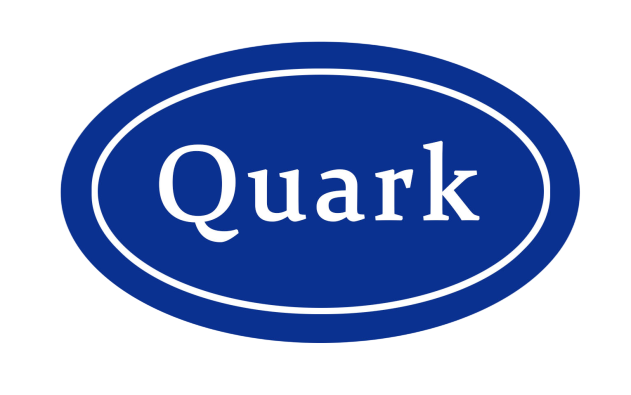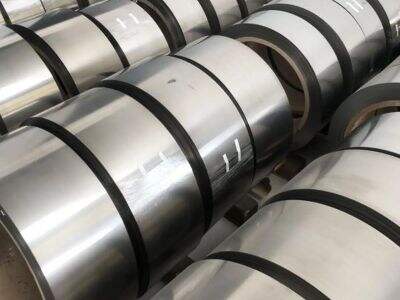Welding is the process whereby two metal work pieces are merged to form a single workpiece. One would achieve this by applying either heat or occasionally, pressure. It liquefies the two metals so they bond. While welding nickelchromium Electrically heated alloy material to ensure we achieve a proper weld, some of these basics may need to know.
Nickel-chromium alloys are metals comprised of both nickel and chromium but in particular combinations. These metals have an extremely low chance of rust. It is at these places where temperatures will be high such as those of engines or ovens. This means they can sustain for a long period, even when surrounded by unfavorable conditions. But welding these metals becomes challenging to do. One reason is that they expand a lot when heated and then contract a lot when cooled. This may lead to difficulty in creating a good connection between the metals.
A proper understanding of the welding process and the materials are essential to weld nickel-chromium alloys effectively. Knowing how to do this while welding can ensure that the weld is strong, durable, and able to withstand the different conditions in the long run.
Essential Skills and Techniques for Making Good Welds
There are many techniques that can be used when working with nickel-chromium alloys to ensure the strength and longevity of your welds. One of the most significant techniques is preheating the metals before welding. Preheating prevents cracks as the welding occurs. It does so by maintaining the temperature stable and minimizing the risk of temperature fluctuations, detrimental.
Another important technique is the use of specific filler metals designed for nickel-chromium welding. Filler metals are a type of metal that can be used to help fill in any gaps between the metals being welded. The appropriate filler metal can also strengthen the weld and minimize the chance of defects. It is like using the right glue when crafting that can be vastly different in how things stick together.
Selecting the appropriate welding technique is crucial as well. Nickel-chromium Precision resistance alloy material are usually said to be best welded by TIG (tungsten inert gas) welding. This technique provides a high degree of control over the amount of used heat during welding. With more precise temperature control, the welder prevents the metal from becoming overheated, leading to problems. Such control is critical to ensuring a strong, smooth, and consistent weld.
Selecting Suitable Supplies and Materials
It is very important to select the appropriate welding equipment and materials in nickel-chromium alloy. You need specialized tools that can stand up to the high temperatures needed to weld various special metals. It all boils down to using specialized welding machines engineered precisely for high temperature applications. These machines are designed to maintain the proper temperature and provide the right welding.
While the selection of the correct type of welding equipment is significant, so also is the proper selection of materials apart from this. Nickel-chromium filler metals have specific types associated with the alloys being welded. It can thus be used in helping add strength and even lifetime to the weld through proper selection. Like you need several kinds of paints in order for a surface to be completed nicely, you'll need the proper filler metal in order for bonding to be at its strongest.
Nickel-Chromium Welding: Common Problems and Solutions
One of the major problems when welding nickel-chromium materials is their high thermal expansion coefficient. This means they expand and contract quite a bit when heated and cooled and if the process of welding is not done correctly it can introduce cracking or other defects.
'Cracking' is one of the most common problems. It occurs when the weld cools too fast or when the weld is too big. Very important in avoiding cracking is preheating the metals before you begin the welding process. Certain filler metals that can do nickel-chromium welding may also be employed as this will reduce the chances of cracking and create a better bond.
Another problem that welders face is porosity. Porosity is when small holes or voids are created in the weld. This could be due to dirt or contaminants within the weld area or improper welding techniques. Welding too dirty metals can lean to porosity; therefore, it is highly crucial to clean the metals before welding to avoid porosity Also, for a strong weld without holes, you need to use the right welding technique.
 EN
EN
 AR
AR
 DA
DA
 NL
NL
 FI
FI
 FR
FR
 DE
DE
 EL
EL
 HI
HI
 IT
IT
 JA
JA
 KO
KO
 NO
NO
 PL
PL
 PT
PT
 RO
RO
 RU
RU
 ES
ES
 SV
SV
 TL
TL
 IW
IW
 ID
ID
 SR
SR
 SL
SL
 UK
UK
 VI
VI
 HU
HU
 MT
MT
 TH
TH
 TR
TR
 AF
AF
 MS
MS
 GA
GA
 AZ
AZ
 MN
MN
 MY
MY
 KK
KK
 UZ
UZ
 KY
KY
 BN
BN

